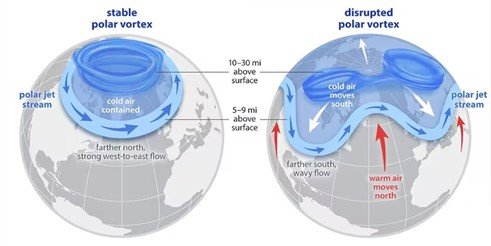Prelims 08-04-2024
Mangal Pandey
Why in news?
- Mangal Pandey, was hanged to death by the East India Company on April 8.
About
- Mangal Pandey belonged to the kingdom of Awadh, which supplied large numbers of soldiers of war to the Company’s army.
- He joined the East India Company’s army at the age of 22 as a soldier in the 6th company of the 34th Bengal Native Infantry.
Annexation of Awadh
- In 1856 Awadh was treacherously annexed by the British.
- The deposition of the Nawab and the confiscation of the villages of taluqdars during the land revenue settlement of 1856 caused outrage.
The mutiny and hanging of Mangal Pandey
- Mangal Pandey refused to use the newly introduced Enfield rifle, due to use of animal fat (beef and pork) in the cartridges.
- This was viewed by the soldiers as a direct assault on their religious beliefs.
- On March 29, 1857, he mutinied and fired at his Senior Sergeant Major.
- He was overpowered and hanged by the order of a Court Martial at Lal Bagan in Barrackpore.
The spread of the 1857 revolt and march to Delhi
- Pandey’s action was followed by defiance by the soldiers of the 7th Awadh Regiment.
- On May 11, 1857, a band of Sepoys from Meerut refused to use the new cartridges, killed their European officers and marched to the Red fort.
Legacy of the revolt of 1857
- Pandey’s action changed the nature of British rule in India.
- The British parliament passed an Act in 1858, transferring all powers of the Company to the Crown. Queen Victoria was declared the Sovereign of British India.
- The Queen’s Proclamation made by Lord Canning in 1858, to the Princes, Chiefs and people of India, unveiled a new policy of perpetual support for the native Princes, and non-intervention in matters of religious beliefs in India.
- The Queen’s Proclamation was reinforced in 1877 The event came to be known as the Delhi Durbar. Queen Victoria assumed the title of Qaiser-e-Hind.
Earth’s Polar Vortex
Why in news?
- Recently, the atmospheric scientists have noticed the development of the polar vortex and characterised it as one of the biggest events in the last four decades.
About the Earth’s Polar Vortex:
- It is a large area of low pressure and cold air that surrounds both of the Earth’s poles.
- It exists near the poles throughout the year, but it weakens in summer and strengthens in winter.
- It is located in the polar stratosphere, above the layer of the atmosphere (the troposphere) where most weather, including the jet stream, occurs.
- The Stratospheric Polar Vortex forms in the winter hemisphere when the Earth’s pole is pointed away from the sun.
- The term ‘vortex’ refers to the counterclockwise flow of air that helps keep the colder air near the Poles.

Impact on Weather Patterns
- It significantly influences winter weather.
- When the Polar Vortex is especially strong, the polar jet stream tends to stay farther north and exhibits a more zonal flow, with less meandering.
- At the surface, it is often associated with an even colder than usual Arctic, and milder-than-usual weather in the mid-latitudes.
- Conversely, when the Polar Vortex weakens, shifts, or splits, the polar jet stream often becomes extremely wavy, allowing warm air to flood into the Arctic and polar air to sink down into the mid-latitudes.
- It can result in extreme cold snaps, snowstorms, and other winter weather events in areas like North America, Europe, and Asia.
